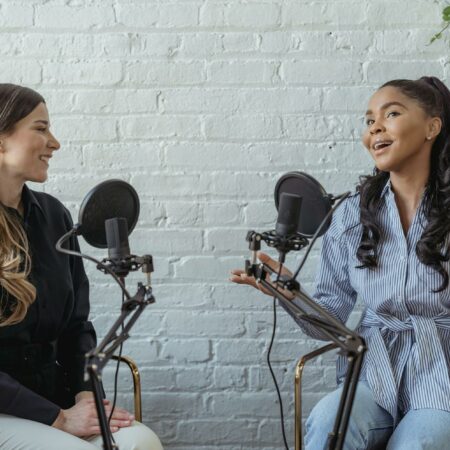YouTube is a big deal and the first name for sharing video content online. It’s the second-largest search engine (behind Google) and one of the most engaging social media networks. Because video content is wildly popular, YouTube is the king of online video.
However, creating quality video content that gets noticed online is easier said than done. Video is more complex than text, audio, or static visuals because it combines all these elements. To succeed with video, you must record properly, be good on camera, understand video editing, and know how to share the final product.
Once you have the final video, how do you effectively share this on YouTube and your other digital channels? We’ve compiled our best practices to guide your video creation efforts.
1. Video Length
How long your video content is matters, primarily because YouTube’s algorithm takes this into account. Shorter videos used to be the preference, but slightly longer videos now perform better because YouTube users spend more time watching them.
So what’s the ideal length for a YouTube video? Length largely depends on your context and topic, but the goal is to aim for between eight to 12 minutes—even slightly longer is OK.
With that said, you don’t want to pad videos with too much fluff to get to that length. The goal is to create meaningful content that your audience will want to watch.
2. Video Titles
The title of your video is like a newspaper headline—it’s the first thing people see and will determine if they want to watch the video. Therefore, the headline should not be an afterthought but something you craft intentionally.
There’s no perfect way to write video headlines, but here are a few suggestions.
- Keep the title clear, but also make it compelling.
- Describe what people can expect from watching.
- Explain what they might learn.
- Use the headline to ask a question that you’ll answer.
- Pick out the one thing that makes your video stand out.
- Avoid resorting to clickbait and being overly sensational.
- Use keywords for the topic you want to rank for.
This takes practice and learning from plenty of examples. Take some time to look through the videos YouTube suggests for you. Which ones stand out? What do their titles have in common?
3. Custom Thumbnail
YouTube automatically generates a thumbnail image anytime you upload a new video. This is simply a random screenshot from the video’s content. It might be tempting to simply stick with this default image and move on, but that’s skipping out on a prime opportunity.
Videos with custom thumbnails perform far better than those with default images. That’s in part because YouTube’s algorithm elevates custom thumbnail videos into more people’s feeds. But it’s also because users tend to watch these videos more frequently.
Designing this custom thumbnail doesn’t have to be complicated. Free design tools like Canva have templates that you can choose and customize. It’s sometimes as easy as grabbing one of the existing screenshots and simply adding title text or other graphic elements.
4. Description
Adding a description is another important step in optimizing your video on YouTube. Adding a short description with links and relevant hashtags helps make the video more discoverable online and points users to the next steps after watching the video.
- Write a paragraph or two explaining what the video is about.
- You can even anchor links to sections in the video to show people what to expect.
- Add a few links to your website or other social accounts to help people engage.
- Include up to three hashtags in the description that will show up as hyperlinks.
Be sure to also fill out the other relevant information on the video. Adding even basic things like your video’s language and more hashtags improves how well it will rank on YouTube. This step only takes a few minutes but will pay off in the long run.
5. Commenting
Like any other social media platform, YouTube encourages engagement from your audience. You can jump-start this by leaving the first comment on each video. Simply leave a comment asking a question about your video. Then pin that comment to the top so viewers can see it.
This automatically counts as an engagement and gets the ball rolling with other comments. Even if no one else ends up commenting, you’ve done your part to open up the conversation. If others do comment, it’s best practice for you to respond and keep the conversation going.
6. Optimize Your Channel
Most people will find your video somewhere other than your channel, but it still helps to organize your YouTube channel. Here’s your beginner checklist to get started.
- Add a branded profile photo and header image.
- Customize your handle with your brand or company name.
- Add a description on the About tab.
- Add a preview video for new subscribers.
- Include links to your website and other social media channels.
- Organize your videos into applicable playlists.
- Subscribe to other relevant channels.
Get Started Using Online Video Content
At GreenMellen, we don’t work in video production or editing, but we understand the importance of great video content for use on your other online channels. (We also know plenty of video agencies if you need a reference.)You can also check out our very own YouTube channel for an example of these best practices in action, or to get plenty of tips and tricks all about digital marketing. Subscribe today!





